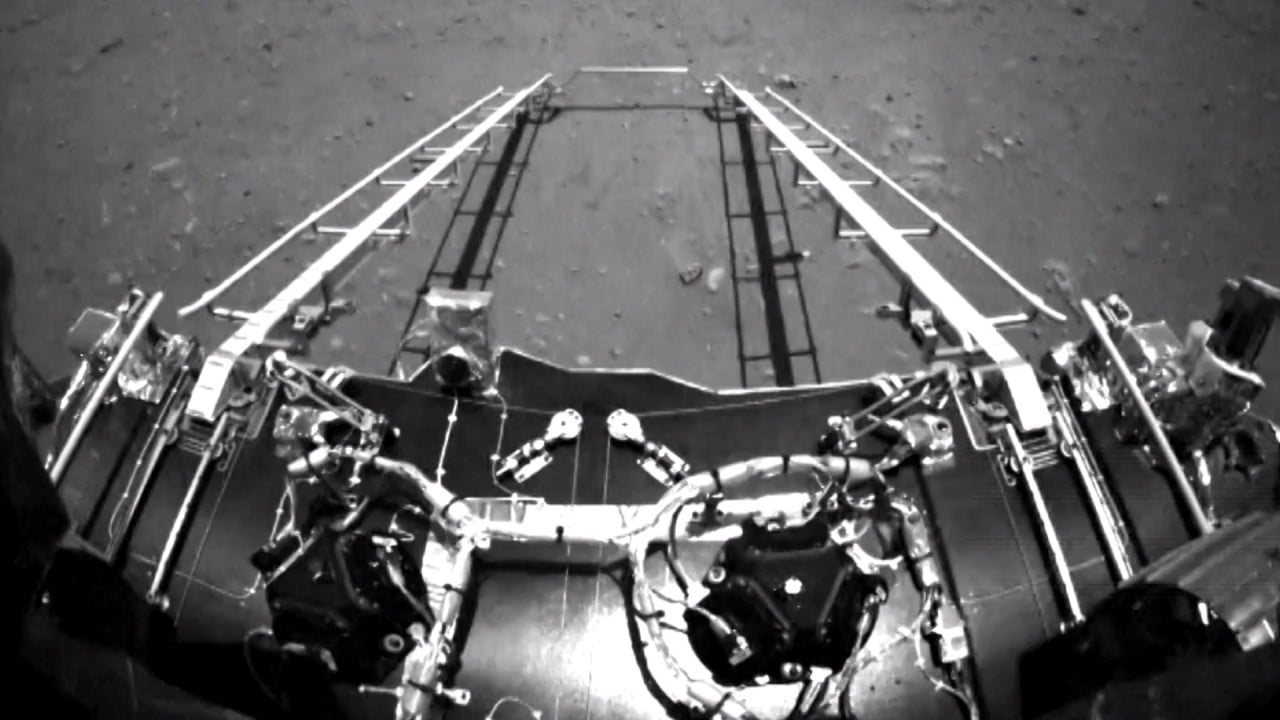How China’s space station could help power astronauts to Mars
- The Tiangong’s core module is set to become the first crewed vessel powered by ion drives – a technology that could slash journey times to the red planet
- The thrusters have been in use since the 1970s, but China hopes to develop them on a much larger scale for its deep space missions

The space station’s core Tianhe module is powered by four ion drives – also known as Hall effect thrusters – a form of electronic propulsion that has been around for decades and could dramatically slash the time needed to travel to the red planet.
The four ion drives that power the Tianhe module, which is expected to welcome its first astronauts later this month, are small compared to rocket engines but they are incredibly efficient.
The International Space Station, for instance, consumes over four tonnes of fuel annually to stay in its near-Earth orbit. If powered by ion thrusters, its consumption would drop to 400kg (881lbs), requiring just one refuelling mission a year, according to the Chinese Academy of Sciences.
With existing rocket technology, a crewed trip to Mars would take more than eight months and would need a spaceship large enough to carry sufficient fuel and other supplies.

01:41
China releases first images of Mars taken by Zhu Rong rover
But some researchers calculate a craft powered by a 200-megawatt ion drive array could shorten the journey time to just 39 days and allow the mission to use smaller vessels or carry more supplies.
